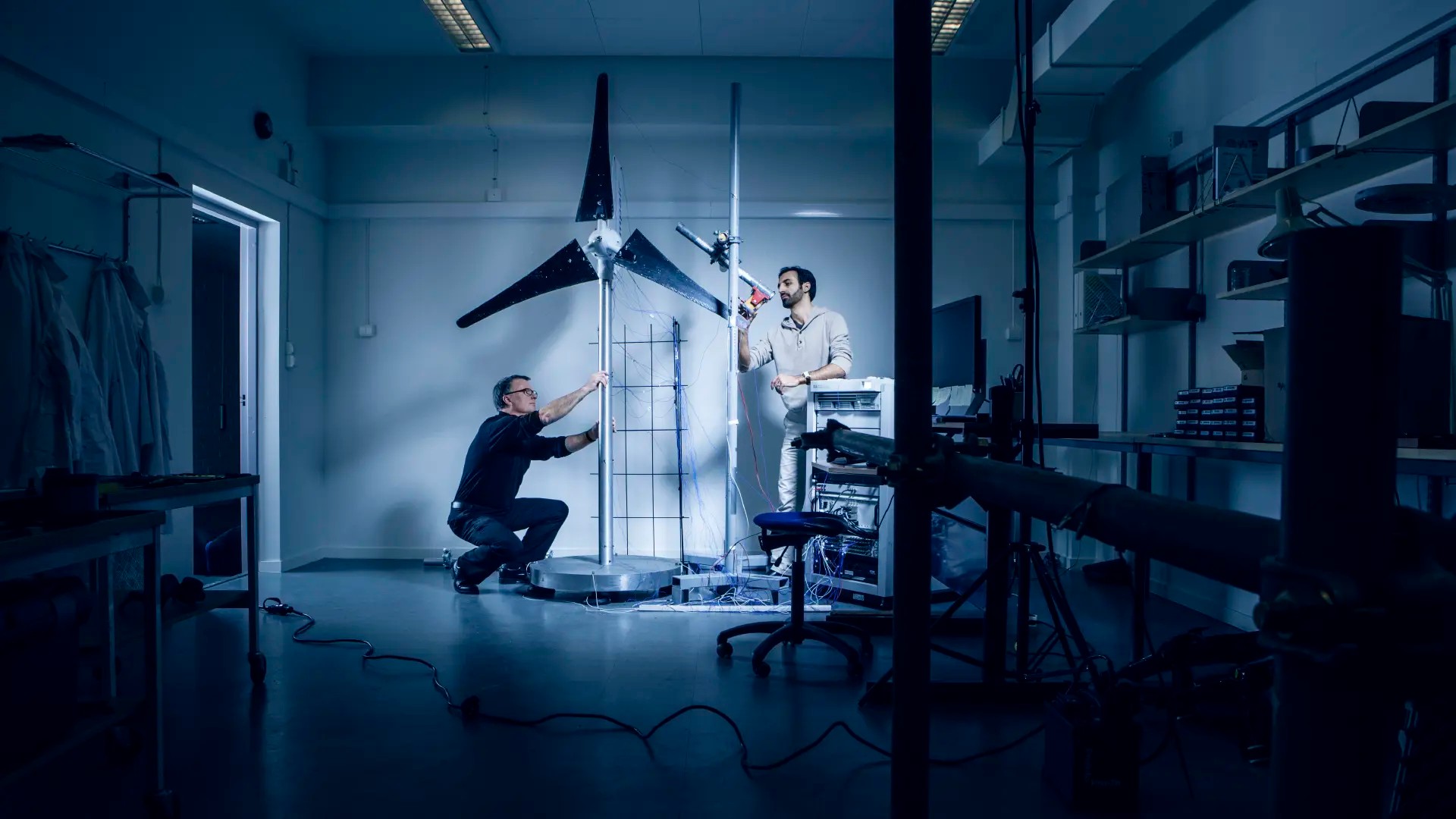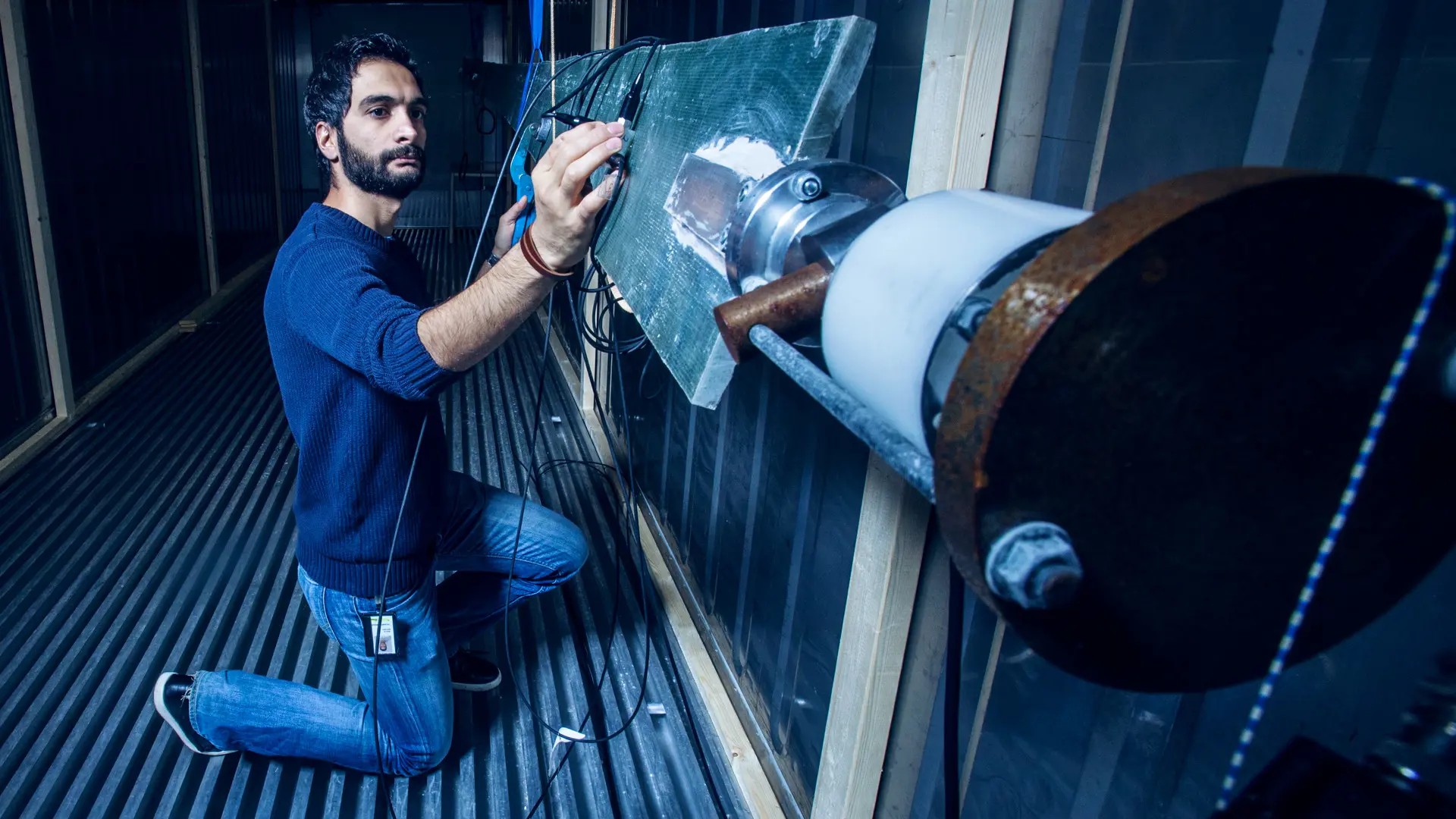

Structural Dynamics research is primarily conducted within three fields: inverse dynamics, stochastic mechanics and dynamic simulation. The group uses a mixture of theoretical and experimental methods. Research in wave propagation is also conducted within the area, with applications in the nuclear power industry as well as in the car and wind power industry.
Developing mathematical models
In inverse dynamics the study include the system identification problem, namely that from measurements of the system’s stimuli and response, to develop mathematical models of the system. A special application here is to calibrate FE models against measured data.
Another class of inverse problems that is studied is the load identification problem, ie that with knowledge of system characteristics and measured system response search for the dynamic loads that cause this response.
Statistical data from field tests
In stochastic mechanics, the group studies how the inevitable variations in a system’s characteristics affect its dynamic behavior. Statistical data for such studies are gathered from field tests.
The development of methods for dynamic simulation is primarily dedicated to simulation of train dynamics, where the modeling of the moving contact between wheel and rail is a special challenge.
Wave Propagation
Wave propagation and vibrations in structures and components have applications in ultrasound, acoustics, ground vibrations, etc. The research within the group is directed towards modelling and numerical computations.
Application in the nuclear power industry
One important application area is nondestructive testing with ultrasound, particularly within the nuclear power industry. Modelling and numerical computations lead to an increased insight and better testing methods. In this way the research can, for instance, contribute to safer methods to find cracks in critical nuclear power components.
Vibrations in plates and shells
Vibrations in plates and other structural elements is very common in applications, often with a desire to minimize the vibrations, for instance in the car or wind power industries. Our research in the area is more oriented towards basic research, the goal is to derive as good as possible equations that describe the vibrations. There are, in particular, a lot of issues to investigate in more complicated cases when the materials are anisotropic, layered, or coupled to other physical phenomena such as poroelasticity or piezoelectricity.